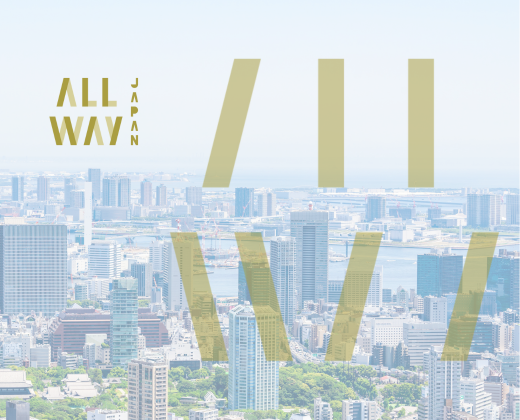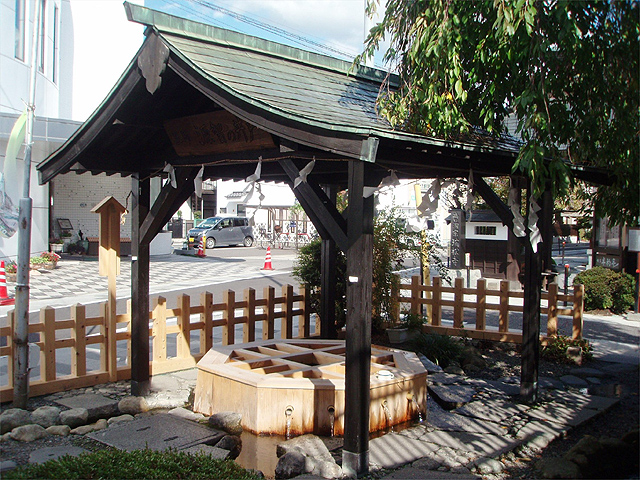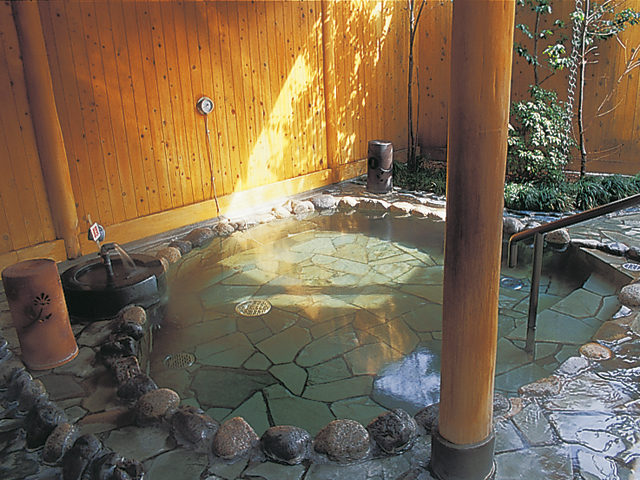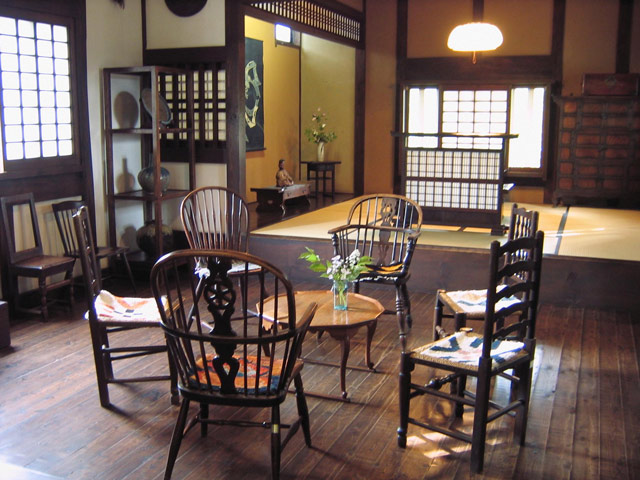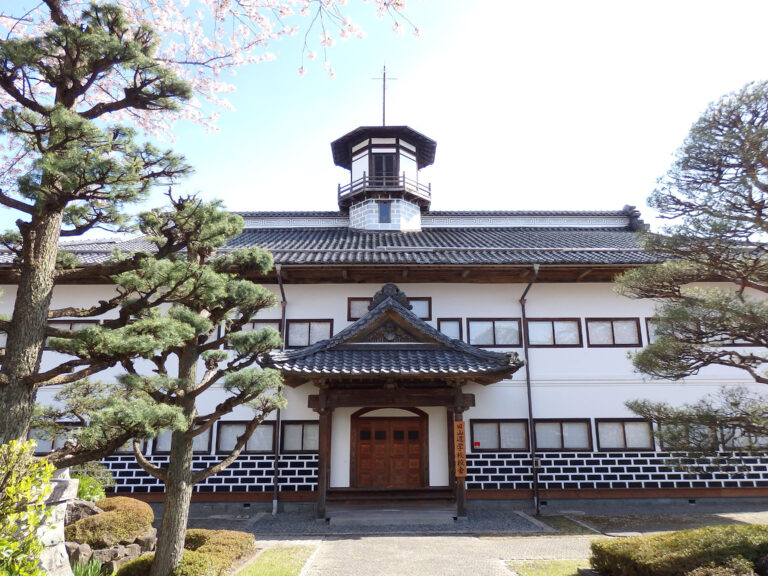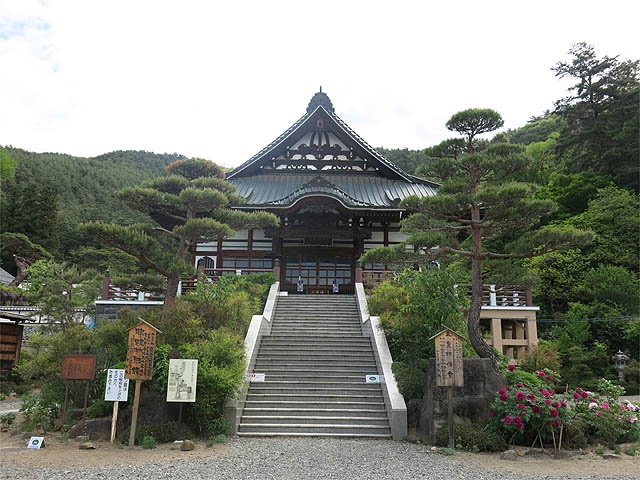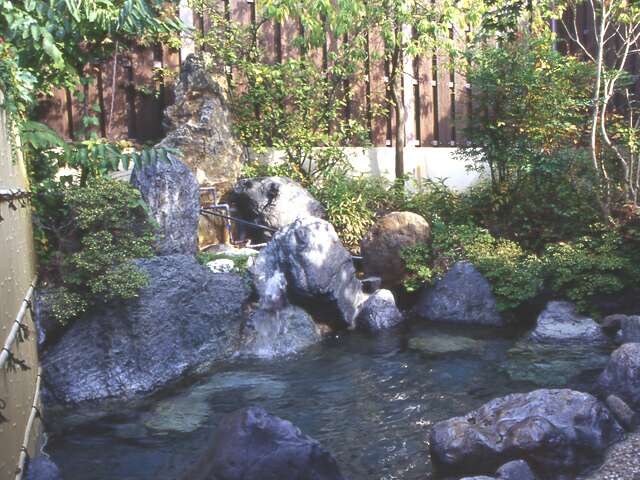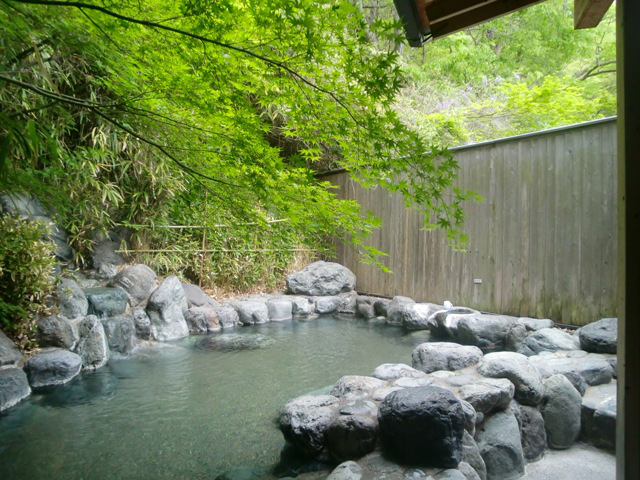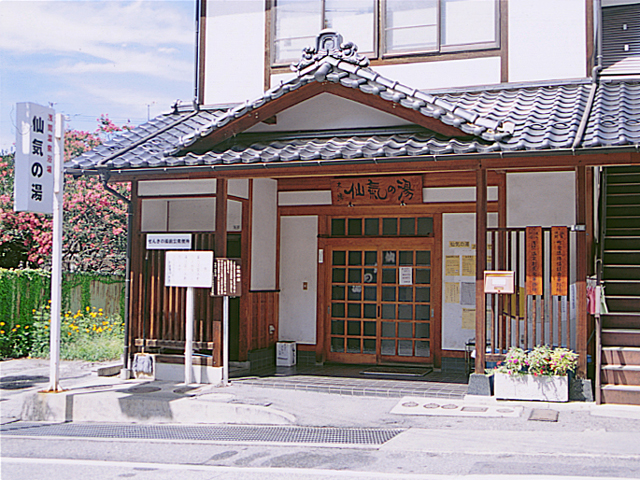The collection was collected by Taro Maruyama, a bearer of the folk art movement in the city of Matsumoto, in resonance with the folk art movement advocated by Muneyoshi Yanagi and others. It was created in 1962 and became a facility in Matsumoto City in 1983. In the hall, there are folk crafts collected from Japan and abroad, including the Matsumoto chest, as well as ceramics, dyed weaves, and glass products. As the purpose of the folk art movement, the exhibits focus on the functional beauty of the crafts created by the technique of an unnamed craftsman, "the beauty of yō". It holds a planned exhibition several times a year. I would like to admire the sturdy houses and gardens with thick beams in the construction of the storehouse. Take 30 minutes.
